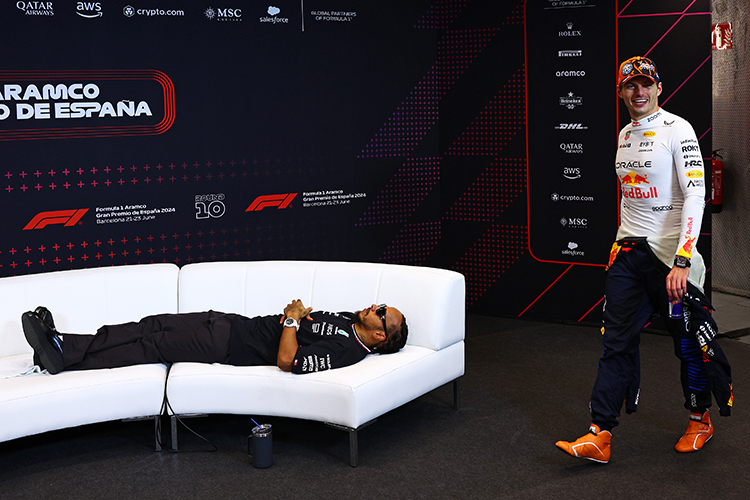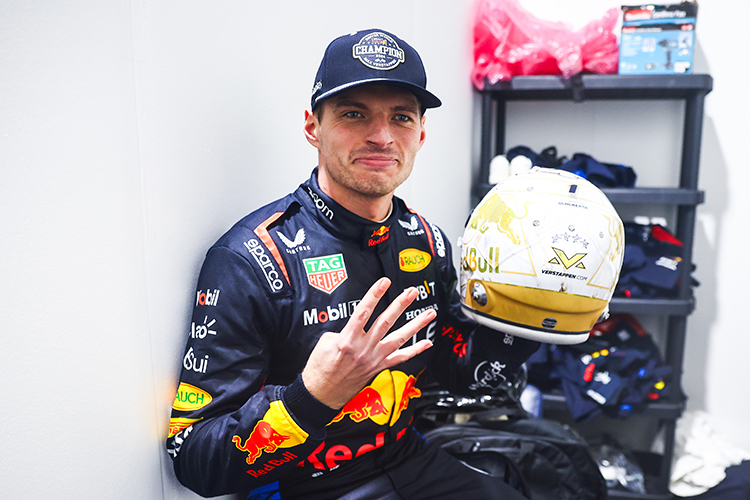F1 drivers skeptical yet hopeful about 2026 regulation changes
 Red Bull Racing/Red Bull Content Pool
Red Bull Racing/Red Bull Content Pool
F1's 2026 regulations: Formula One's technical regulations in 2026 have received a mixed reception from drivers.
MONTREAL – As Formula One gears up for a seismic shift in technical regulations set for 2026, drivers have expressed a variety of reactions, balancing concerns with cautious optimism. Revealed during the lead-up to the Canadian Grand Prix, the new rulebook promises a radical transformation of F1’s competitive landscape, incorporating a substantial reduction in car size and weight, innovative aerodynamic adjustments, and a new hybrid engine system.
Under the upcoming regulations, the cars will see a diminished reliance on the current drag reduction systems (DRS), instead introducing a push-to-pass-style energy boost. The redefined engine structure will equally rely on electric power and the traditional V6 turbo engine for propulsion. These changes address previous concerns about battery efficiency on straights and promise a formidable decrease in aerodynamic drag by 55%. Conversely, this will come at the cost of a 30% reduction in downforce, potentially slowing cornering speeds.
Seven-time world champion Lewis Hamilton shared his thoughts: “I’ve spoken to some drivers who have driven it on the simulator – I haven’t – but they said it’s pretty slow. But I think in terms of sustainability, particularly on the power unit side, it’s a really bold step and I think it’s going in the right direction.”
From the Williams camp, driver Alex Albon echoed similar views, highlighting simulations indicating reduced speed and noting further work necessary to optimize performance. “Seeing some of the speed traces around the tracks, it’s, yeah, erm, pretty slow, yep,” Albon remarked.
The reduction in downforce raised concerns among drivers like Haas' Nico Hülkenberg, who predicted significant shifts in car dynamics during high-speed turns. Meanwhile, reigning champion Max Verstappen remained somewhat optimistic, noting promising progress in Red Bull's simulations. “I think they made really good progress on how the engine is working with the chassis,” Verstappen commented, though he acknowledged the challenges of achieving targeted weight reductions.
Safety concerns at high-speeds were underscored by Mercedes' George Russell, who pointed to potential dangers with cars reaching over 230 mph. "It’s going to feel like you are floating and flying through the air," he cautioned, urging the FIA to conduct thorough safety assessments.
Ultimately, drivers have pressed for a lighter grid to enhance handling, but with a mere 30 kg weight reduction proposed, skepticism remains about achieving this in practice. Verstappen questioned feasibility, highlighting the need for a more substantial reduction to improve agility and racing enjoyment.
As the 2026 regulations strive to strike a balance between sustainability and competitive excitement, one thing is clear: the proposed changes are set to redefine F1’s future, sparking widespread debate within the paddock and anticipation among fans globally.
Stay tuned for more from the 2023 Canadian Grand Prix as developments continue to unfold.
Up Next



